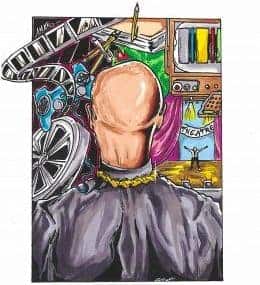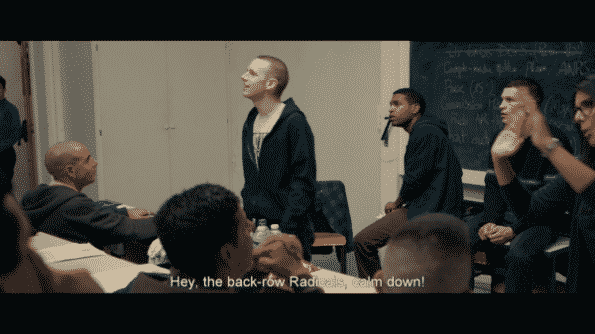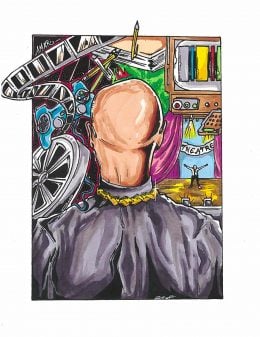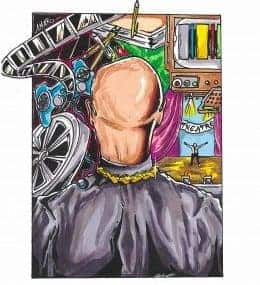BPM (Beats Per Minute) – Recap/ Review (with Spoilers)
Not since Angels in America have I seen something which has combined the devastation of AIDS with the reminder that those HIV+ are still capable of living beautifully vibrant lives. Director(s) Robin Campillo Screenplay By Robin Campillo, Philippe Mangeot Date Released 2018 Genre(s) LGBT, Drama, Romance Noted Actors Sean Nahuel Pérez Biscayart Nathan Arnaud Valois Marco…
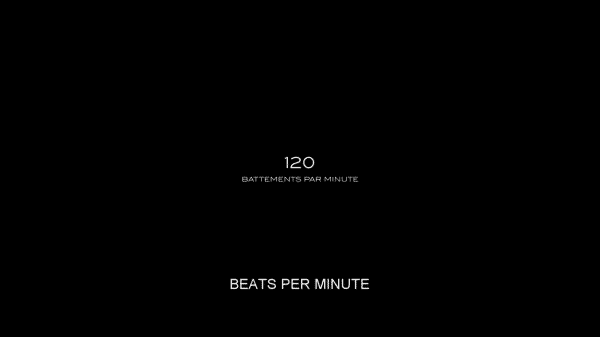
Spoiler Alert: This summary and review contains spoilers.
Additionally, some images and text may include affiliate links, meaning we may earn a commission or receive products if you make a purchase.
Not since Angels in America have I seen something which has combined the devastation of AIDS with the reminder that those HIV+ are still capable of living beautifully vibrant lives.
| Director(s) | Robin Campillo |
| Screenplay By | Robin Campillo, Philippe Mangeot |
| Date Released | 2018 |
| Genre(s) | LGBT, Drama, Romance |
| Noted Actors | |
| Sean | Nahuel Pérez Biscayart |
| Nathan | Arnaud Valois |
| Marco | Catherine Vinatier |
| Hélène | Théophile Ray |
| Bachir | Bachir Saïfi |
Summary
ACT UP, an advocacy group for those living with AIDS, or at risk, is unlike many of their peers. They are young, radical, and present a very flat form of leadership where every voice matters. Yet, even with the community they have built up, naturally, there is strife. There are those who are infected who bump heads with those who are not. Issues between the more feminine men and masculine men, and the voices of the trans and allies not focused on or sometimes critiqued in ways which are uncomfortable. Like the people who speak, ACT UP is imperfect yet bonded by the goal of survival.
One in which Sean, and his relationship to the members of ACT UP, is the primary focus. Especially in regards to his relationship to Nathan. Someone who is rather new to the organization but quickly finds his voice and some form of prominence. Alongside that, he presents to us Sean without the theatrics and activism and just this dude who, at the age of 15 or 16, got infected by his math teacher. Someone who still wants love, sex, and to die with dignity. Or rather, die like many wish to, of old age.
Yet, for that to be done, multiple segments of the population have to acknowledge AIDS exists and not be complacent. The youth have to not see it as a disease of homosexuals and the scourge of society. Those in government have to make a real effort to address prevention and hold those with possibilities of treatment accountable. Then, for everyday people, including their fellow queers, there needs to be empathy and understanding. For really, with the few stories we hear, it isn’t like they pursued having AIDS. So, naturally, their anger is a form of addressing immediate needs. For complacency will just mean what remains of their T4 count is but a ticking clock rather than a call to action.
Collected Quote(s) or .Gifs
“Ignorance is your enemy. Knowledge is your weapon.”
Highlights
A Sense of Community
One of the main differences you’ll find in BPM, compared to a lot of other prolific LGBT focused films, is that this is not a coming of age story, and despite there being a strong focus on Sean and Nathan, it is really about their community. One which includes a kid named Marco and his mom Helene, just as much as this deaf guy we see once or twice named Bachir. That’s alongside what I want to say is a trans woman, lesbians, femme men and masculine men. All of which aren’t portrayed as your usual bourgeois type who seem mad they were born gay because it means now they have to deal with oppression but have a nice sized how and big bed to cry into.
Yet, at the same time, you don’t have that urban drama vibe where we hear how half of the room that fills the ACT UP meetings are pulling tricks. There is a little bit of everyone and while, for some demographics, Black, trans, or deaf, there is some feeling of tokenism, being seen and part of the conversation does show the importance of those sub-groups. As well as show AIDS isn’t purely a cis male issue but goes across queer culture.
Aids Terms, Organizations And Medical Terminology
When it comes to the height of the AIDS epidemic, my go-to productions to see the effects are Angels in America and Milk
– that’s it. However, this has quickly been added to that virtual library for on top of presenting us seeing the effects of AIDS on the human body, it also drops a huge amount of medical terminology. That’s alongside talking about organizations which may or may not still exist, and ultimately feeling like a crash course on the science, the desperation of those with dropping T4 counts, and how some seemingly became their own doctors to learn the science.
No Victims, Just Fighters
And perhaps one of the best things about the movie is there are no victims here. Whether poz (HIV positive) or not, everyone is shown as a fighter. Whether it is just by being informed and perhaps speaking in an ACT UP meetings or disrupting an office, a presentation or heading into a school to push their agenda – which includes providing information and condoms. Either way you look at it, while there are valid frustrations and we see characters die, you can not say whether fighting for themselves or others, they don’t go out swinging.
On The Fence
Sean and Nathan’s Romance, While Necessary, Wasn’t Awe-Inspiring
 One of the things which seem to be part of the movie’s agenda is making it clear that AIDS isn’t necessarily a death sentence and that people with AIDS can still be desirable, sexual, and relatively happy. It is just unfortunate the way Nathan is written because there just seems to be something off about him. I don’t know if it is because he seems mostly allured by Sean’s popularity of vivaciousness, or maybe him noting to us that he used to whore around makes me side eye him, but something seemed off about that boy.
One of the things which seem to be part of the movie’s agenda is making it clear that AIDS isn’t necessarily a death sentence and that people with AIDS can still be desirable, sexual, and relatively happy. It is just unfortunate the way Nathan is written because there just seems to be something off about him. I don’t know if it is because he seems mostly allured by Sean’s popularity of vivaciousness, or maybe him noting to us that he used to whore around makes me side eye him, but something seemed off about that boy.
Yet, again, I think part of the movie’s agenda isn’t just about showing fighters, a sense of community, and then leaving sex and romance out of it. They want you to have the full experience, gay sex scenes and all, but also the intimacy of talking with your partner, naked or not, as well as being with them in their final moments.
You Will Feel The Length A Bit
This is a rather long movie and, to be honest, it is the type that, if it was still in theaters, I’d recommend to see it there so it has your absolute attention. For, admittedly, I found it hard to not pause this and drift to other things. Mind you, this didn’t happen as often as it has when watching other movies, but there do come points where you will be left wondering when this will be over, what ending are they going for, and things of that nature.
Overall: Positive (Worth Seeing)
As of the posting of this recap, review, advisement, or what have you, I think I pushed back watching this for almost a month – purely due to the time length of the movie. However, while a bit longer than I can usually deal with for dramas, it remains a fascinating movie throughout. The characters almost all present a story you want to trek as they go on their journey, and seeing this community work as a whole is quite inspiring. Especially as you take note of all the internal strife between the different sub-sects and different agendas they push. Yet, even with the infighting, the fact these people have come together for a common cause, be it educating, calling out oppressors, or being a sort of support group, is quite beautiful.
Leading to why the positive label. Despite being longer than I would care for any movie to be, it is hard to not look at BPM (Beats Per Minute) and not be proud of how diverse and inclusive it is. All the while giving you characters who, admittedly, you will forget, but at the same time, you wouldn’t mind seeing revisited. If not see some type of spiritual successor down the line, addressing AIDS in the modern age. For this maybe one of the first dramas, of this type, I’m curious about seeing a sequel for.
Follow Wherever I Look on Twitter or Like us on Facebook.
[amazon table=”54852″]
